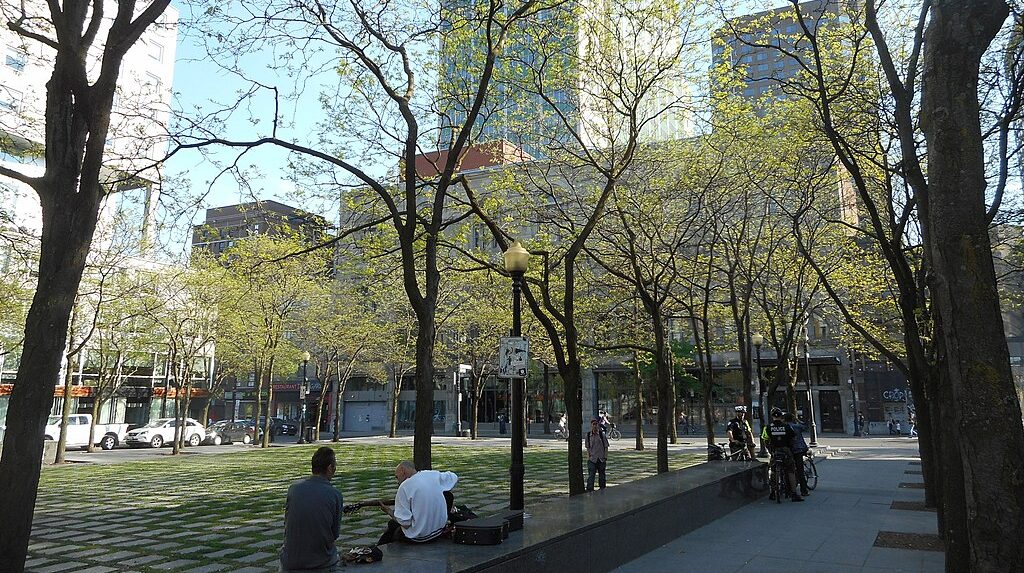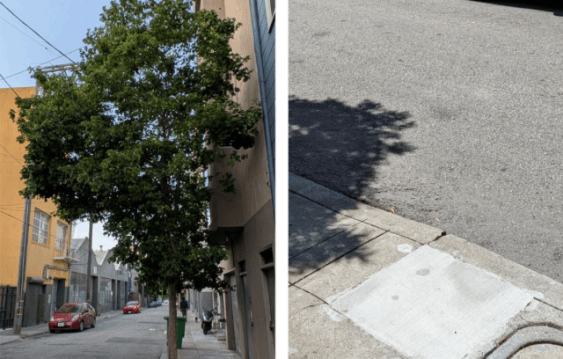Think of a street as being like an ecosystem, in which various users -- pedestrians, drivers, bicyclists -- move through an environment, sometimes enhancing it and sometimes damaging it. When a street is out of balance, users suffer. So does the human infrastructure of the street -- the businesses and residences that line it.
As with any complex ecosystem, it can be tricky to "fix" a street that is out of whack. That's the topic of a couple of posts on the Streetsblog Network this morning.
First off, Reno Rambler asks what is wrong with the Nevada city's first bike boulevard -- a theoretically laudable initiative that the blog's author finds lacking in execution:
The real problem with Reno's bicycle boulevard is that it basically is a boulevard in name only. It's fine to slap some signs up and paint the street, but if you don't employ some basic car traffic diversions or reduce the speed limit for cars they exist as bike boulevards in name only.
Case in point, and I realize this is anecdotal evidence, but the boulevard is my regular route for commuting home, and in the several months since the new signage has gone in I have had more altercations with cars than before it was "converted." The incidents have mostly involved drivers revving their engines behind me to intimidate and then swinging around in a reckless manner while whipping by. Occasionally, the run-ins include honks or shouts.
In this case, it sounds like the bike boulevard is almost creating more problems than it solves for this particular street-ecosystem. Maybe not as extreme a case as the disastrous introduction of the Indian mongoose to Hawaii to extirpate rats, but you get the idea.
Over at Dotage St. Louis, they're talking about another complex and counterintuitive street situation. On the one hand, the city is celebrating its first "Open Streets" events, in which major thoroughfares are closed to cars and freed up for exclusive pedestrian and bicycle use for a few hours.
On the flip side, St. Louis is reopening 14th Street to cars, nearly 40 years after it was closed to motor traffic in the name of creating a pleasant pedestrian mall -- a move that was a complete failure:
The strange irony is that, for the benefit of pedestrians, cars should be on a lot more streets in St. Louis than they currently are even encouraged to go. An urban, traditional street grid works best because it gives the pedestrian and the motorist multiple options for making the same trip. This has implications for the sauntering pedestrian who might stumble upon a new corner store that she'll then patronize regularly as well as the emergency vehicle whose driver can choose to bypass a busy intersection's bottleneck by maneuvering down some minor streets. (Whenever we urbanists complain that tourists or suburbanites or who have you never see the "real" St. Louis, we need to realize that the city is hiding its best assets behind road blocks and private streets).
While closing off streets with barriers and bollards and such seems like a great idea for pedestrians, it actually renders streets semi-private and much too quiet for comfort.
There are no clear-cut answers to these conundrums. Best practices are constantly evolving. What's required is flexibility and nimbleness on the part of government and planners -- and citizens as well. Municipal authorities need to be empowered to try new things, and also need to be able to admit when their experiments aren't working or need significant modification.
In the current political climate, of course, that kind of reasoned approach can be hard to come by.





